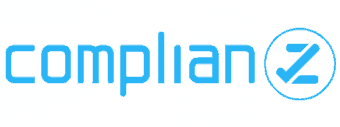Make News: Using Survey Data to Generate Media Attention

To pique the interest of reporters and generate media coverage, you must have information that is timely, relevant, and new. Commissioning a public opinion survey is a great way to generate media interest and increase awareness of a specific issue; however, it’s important to keep a few things in mind as you build your communications strategy.
Choose the type of survey that’s right for you.
There are lots of options for commissioning a survey, but the best path to choose will depend largely on your budget and desired scope. We typically recommend two types of surveys for our clients. One is a large-scale, personalized analysis developed specifically for your organization, and containing only the questions you’ve drafted. This type of survey gives you free range to ask a wide variety of questions and then develop unique crosstabs to generate as much interesting information as possible. These surveys are typically used to build an entire campaign strategy. The other type is an omnibus survey in which you are billed based on the number of questions you submit. Your questions will be included as part of a larger survey (involving multiple clients) that is conducted typically on a weekly basis. This approach offers a more cost-effective method for organizations on a tighter budget, and is best for smaller-scale outreach efforts.
Outline your dream headline.
When developing your survey questions, it’s important to go into the process with clear goals and a dream headline. You must ensure your questions are free of bias, while also carefully planning out each question to figure out how the responses might generate the message you want. This is an important step to ensure your survey’s newsworthiness, and will help you anticipate what findings you might plan to pitch to the media.
Ensure the survey is nationally representative.
To ensure the data from your survey is as impactful as possible, it’s imperative that it is nationally representative. Working with a credible research firm can help you achieve this. On average, you must poll at least 1,000 adults to ensure a nationally representative sample. This is a key factor that reporters look for when assessing the newsworthiness and validity of survey data.
Packaging results is key.
It’s not enough to just issue a press release with your survey data. You need to provide reporters with a full suite of collateral materials. Consider developing a report that puts the issue into context, highlights key polling data, and shares expert commentary. Also, consider developing social media posts and/or an infographic to visually convey key data points. Having a full package of materials available will help reporters better understand and accurately highlight the survey findings.
In the changing media environment, you need to be able to make your own news. Based on our experience, we at The Reis Group can help you brainstorm and execute your survey strategy, and generate attention about your issue and build credibility for your organization.




